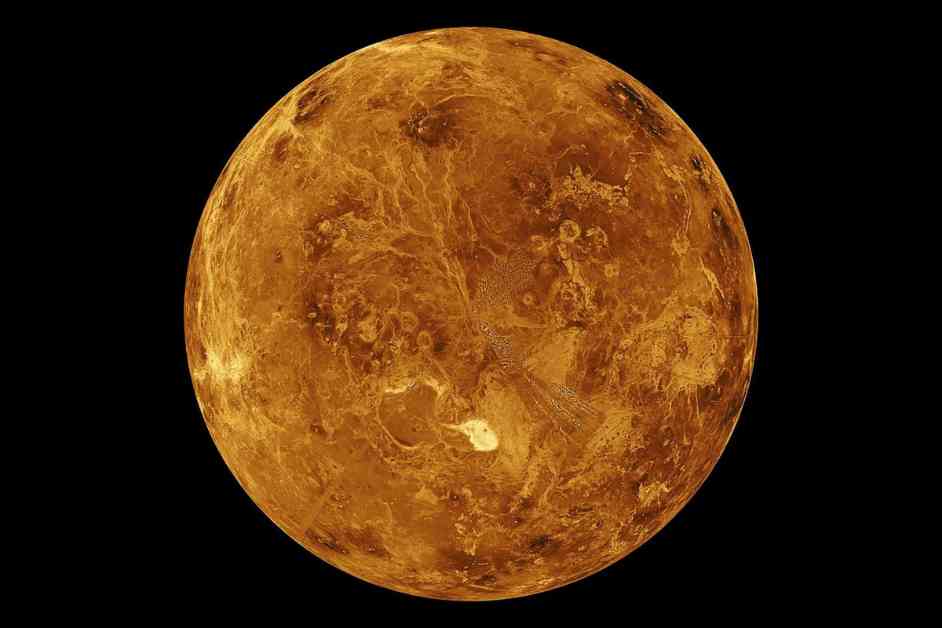Venus, the not-so-dead planet that could be more alive than we thought
Venus, our planetary neighbor, has long been considered a barren wasteland, devoid of any geological activity. But recent studies are shaking up this perception, suggesting that Venus might actually be geologically active after all. A reevaluation of data from NASA’s Magellan spacecraft has uncovered evidence of ongoing tectonic processes around mysterious circular formations known as coronae. This discovery challenges the notion that Venus is a geologically dead world, opening up new possibilities for our understanding of our closest planetary neighbor.
What’s the deal with Venus anyway?
Venus, often referred to as “Earth’s evil twin,” shares many similarities with our planet in terms of size and composition. However, the similarities end there, as Venus is a harsh environment with scorching temperatures and a thick, toxic atmosphere. For years, scientists believed that Venus was geologically inert, lacking the dynamic processes that shape Earth’s surface. But new findings suggest that Venus may not be as dead inside as we once thought. By reanalyzing decades-old data, researchers have found indications of active tectonics around the coronae formations on Venus, hinting at a more dynamic planetary interior than previously believed.
So, what’s the big deal with these coronae?
Coronae, circular volcanic features on Venus’s surface, have long puzzled scientists. These formations were thought to be remnants of ancient volcanic activity, with no signs of ongoing geological processes. However, the latest study suggests that these coronae could be hotspots of tectonic activity, akin to subduction zones on Earth. By analyzing gravity data from the Magellan spacecraft, researchers have identified several active coronae where rocks are actively rising and diving beneath the planet’s surface. This new evidence challenges our understanding of Venus’s geology and raises questions about the planet’s past and future evolution. Perhaps Venus isn’t as lifeless as we once thought, and there’s more to this enigmatic planet than meets the eye.










